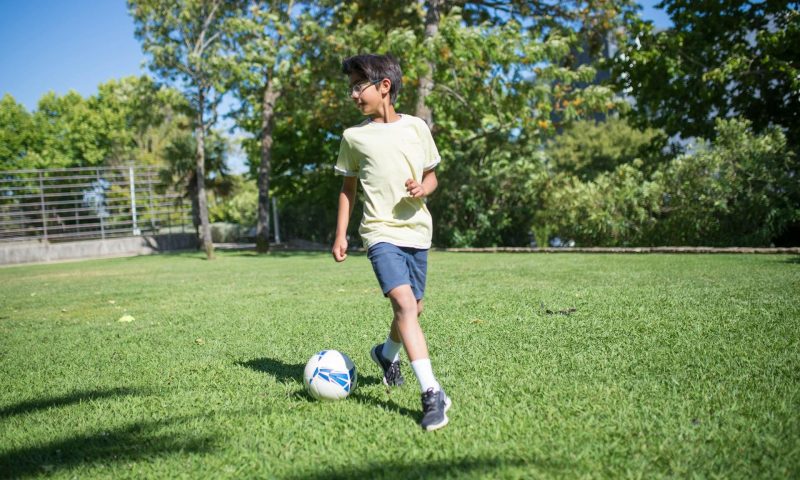As a child, I ran and jumped around a lot and played with my friends, so I was generally quite active. Even then, I recall how moving my muscles made me feel better, both mentally and physically. Previous research concludes that physical activity is beneficial for improving mental health, anxiety, depression, stress, self-esteem, and social competence in typically developing children and adolescents, which aligns with what I experienced as a kid.
Recently, researchers wanted to explore whether children who took part in physical education classes and sports were less likely to experience anxiety, depression, and addiction as they became adolescents. Let’s look at the research.
The study

In a study published in the British Journal of Sports Medicine, researchers looked at data from nearly 16,400 children to investigate the impact of physical activity on mental health. Parents had reported how physically active their children were, as well as their participation in sports teams, at ages 5, 8, and 11. There was also mental health data reported up to the age of 18.
15% of participants had at least one diagnosed mental health condition, and 4% had three or more mental health conditions.
The results

The study authors noted that physical activity can be an effective strategy when it comes to preventing mental health conditions in kids and adolescents. The results revealed the following:
- At age 11, for every hour per day a kid was physically active, they also had a 12% reduced risk of getting a mental health diagnosis before turning 18.
- Interestingly, there were differences between boys and girls, and the results seemed to be more prominent in boys. Daily exercise at age 11 lowered the risk of depression by 18% for girls and by 29% for boys.
- Daily exercise at age 5 lowered the risk of depression by 19% for boys, and at age 8, the likelihood of depression was 23% lower for boys.
- The risk of anxiety dropped by 21% for boys at age 5, and by 39% at age 11. This result wasn’t seen in girls.
- Participating in organized sports reduced the chance of a mental health condition by 23% for boys and 12% for girls.
- Participating in organized sports reduced the risk of anxiety by 21% for boys and by 14% for girls. Depression was 35% lower for boys and 11% lower among girls.
The takeaway

This study highlights the benefits of exercise, physical activity, and sports for kids’ mental health. Getting their muscles moving might make them less likely to develop anxiety and depression as they go through the challenges of childhood and adolescence. According to this study, the benefits are more pronounced and appear earlier in boys compared to girls. Whether it’s basketball, running around, swimming, cycling, football, or another sport or activity, finding something your kid loves will help them stay consistent and get the advantages for their mental health.




